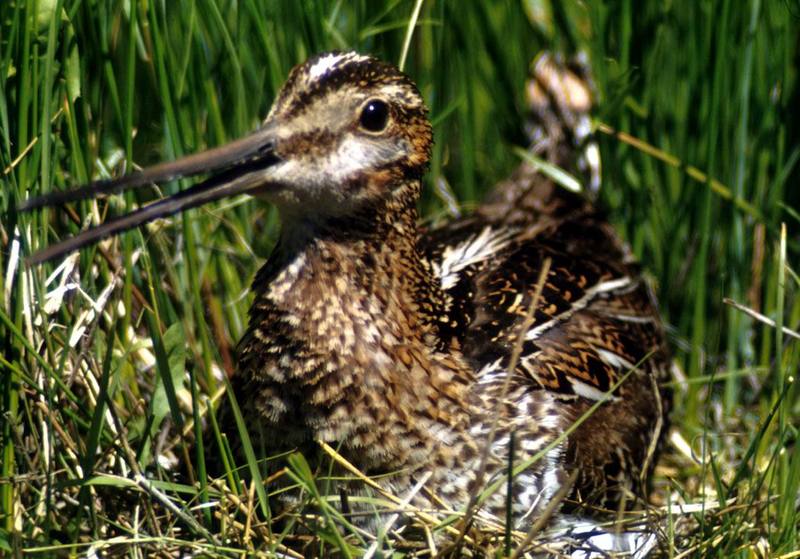ERROR : Server Busy(-1105)
ERROR : Server Busy(-1105)
Common Snipe (Gallinago gallinago)
From the U.S. Fish and Wildlife Service's online digital media library.
Check http://images.fws.gov/ for higher quality version.
Metadata
Title: Common Snipe
Alternative Title: Gallinago gallinago
Creator: Kubichek, W.F.
Source: WO4384-006
Publisher: U.S. Fish and Wildlife Service
Contributor: DIVISION OF PUBLIC AFFAIRS
Language: EN - ENGLISH
Rights: (public domain)
Audience: (general)
Subject: Birds, Animals, Wildlife, bird, game, gamebird, shorebird, shorebirds
Date Issued: November 08 2001 |

